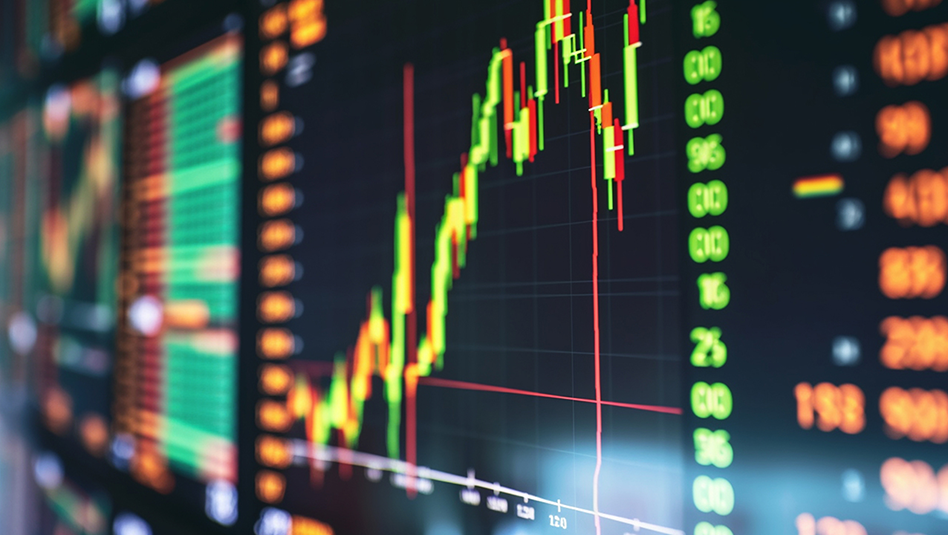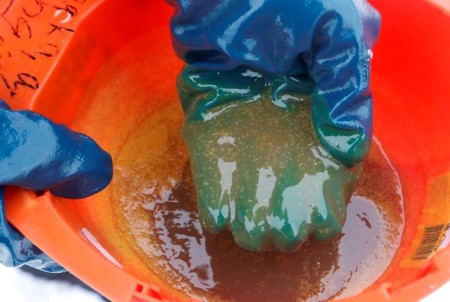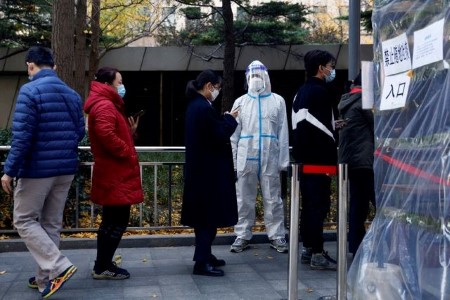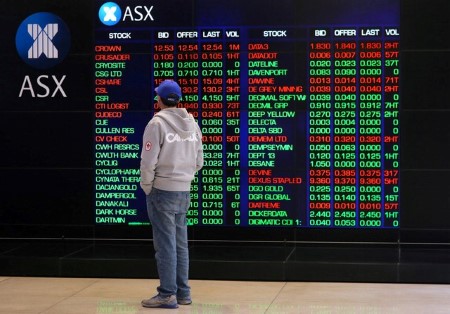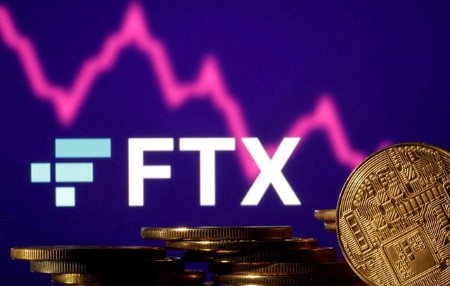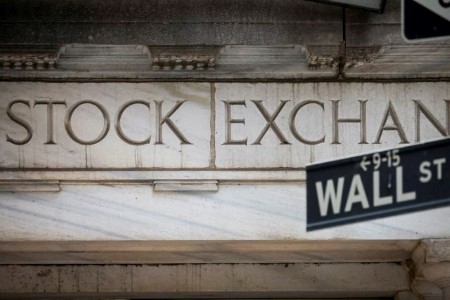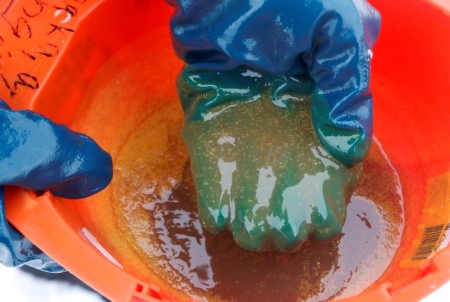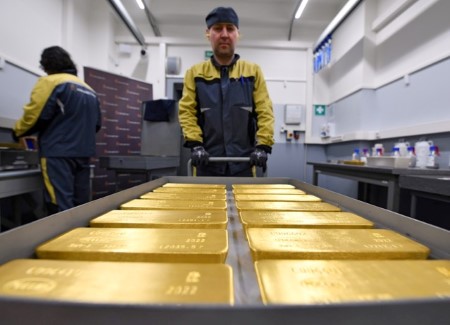MANILA, Nov 18 (Reuters) – The Philippine central bank will have to raise interest rates if the US Federal Reserve tightens policy further to support the peso and prevent the currency’s weakness from further stoking inflation, its governor said on Friday.
Bangko Sentral ng Pilipinas has raised interest rates by 300 basis points this year to curb inflation, running near 14-year highs, and support the peso which has fallen sharply against the dollar, underpinned by aggressive US monetary tightening.
The Federal Reserve is expected to deliver a smaller rate hike in December, but economists polled by Reuters see a longer period of tightening and a higher policy rate peak as risks to the current outlook.
“If the Fed does 50, we cannot have zero, right? So, the question is whether it’s 25 or 50,” BSP Governor Felipe Medalla told Reuters in an interview in Manila.
“If you have a scenario (where) the Fed will not hike any more then I can tell you flat out, neither are we.”
BSP raised interest rates by 75 basis points on Thursday, largely to match the Fed’s three-quarter point hike this month and is expected to hike again in December.
The Fed will likely raise rates by 50 basis points next month after four consecutive 75-bp increases, according to the Reuters poll.
Medalla reiterated the rate differentials between the United States and the Philippines should not be allowed to narrow sharply, lest the weakness in the peso would persist and push up already elevated prices of imported food and fuel.
BSP’s rate hike on Thursday brought the rate on its overnight reverse repurchase facility to 5.0%, the highest in nearly 14 years. That compares with the Fed’s policy rate of 3.75%-4%.
A shrinking rate gap has spurred an 11% decline in the peso against the dollar this year, putting the currency at the forefront of the BSP’s policy decisions. Medalla says the weak currency has become a price “shock generator.”
“If inflation is a huge problem, you don’t want the weakening of the peso to add to that further,” Medalla said.
The central bank wants to bring inflation, currently running at 7.7%, back to its 2%-4% target by the second half of next year, Medalla said.
Medalla said the economy, which grew by a faster-than-expected 7.6% in the third quarter, is strong enough to withstand the series of rate hikes, thanks largely to pent-up demand.
“The postponed spending on the capex side plus the pent-up demand on (the) consumer side means we will have fairly strong demand despite the rate increases,” Medalla said.
(Reporting by Karen Lema; Editing by Ana Nicolaci da Costa)







 DOWNLOAD
DOWNLOAD

